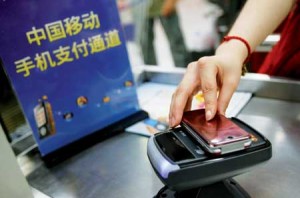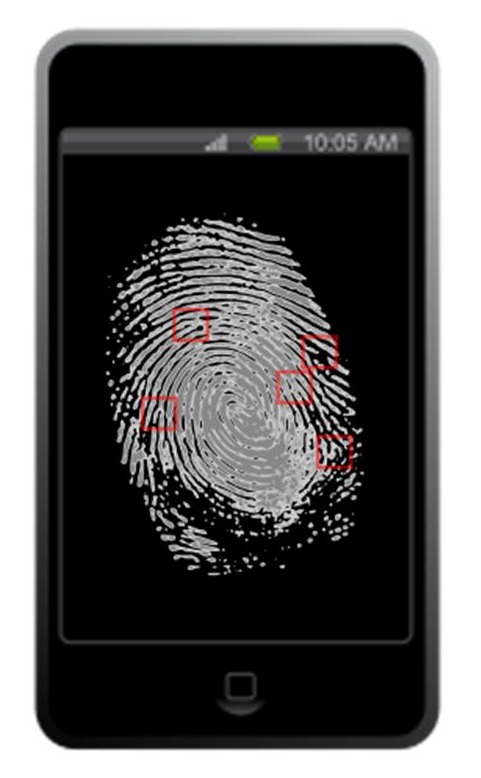Mobile commerce could eventually replace conventional forms of commerce
Mobile payments may actually do away with cash in the relatively near future. The Institute of Electrical and Electronics Engineers (IEEE) has released a new report that highlights security issues in the mobile commerce space. The report does show that security issues are quite serious, but the mobile commerce space may overcome these issues to outpace traditional forms of commerce and become favored among consumers. IEEE surveyed 2,000 technology enthusiasts for the report.
Consumers remain concerned about security risks that exist in the mobile space
According to the report, 70% of those that the company surveyed believe that mobile payments will be secure enough to replace cash by 2030. Many consumers are already interested in new payment services, but they rarely use these services due to concerns regarding their security. Consumers believe that their personal information could be at risk of exploitation if they use their mobile devices to make purchases. These are not unfounded worries, as mobile payments services have been targeted by malicious groups in the past.
Consumers are worried about unauthorized purchases and malicious QR codes
 Of those surveyed, 46% said they were worried that their payment information would be stolen. Another 33% claimed that they were worried that unauthorized payments would be made through mobile services. Approximately 13% were worried that they would accidentally make a payment through an NFC sticker or QR code. Consumers are also concerned that their mobile devices may be infected by scanning a malicious QR code. These concerns have come together to discourage consumers from participating in mobile commerce.
Of those surveyed, 46% said they were worried that their payment information would be stolen. Another 33% claimed that they were worried that unauthorized payments would be made through mobile services. Approximately 13% were worried that they would accidentally make a payment through an NFC sticker or QR code. Consumers are also concerned that their mobile devices may be infected by scanning a malicious QR code. These concerns have come together to discourage consumers from participating in mobile commerce.
Companies are beginning to aggressively address security issues in order to make mobile commerce safer
While consumers are worried about their financial information, companies in the mobile commerce space are beginning to address these concerns. Several have begun using biometric technology to protect their mobile payments services. Tokenization is also becoming popular in the mobile commerce space. This involves replacing consumer information with digital tokens, which can be used to authenticate mobile transactions.

 To enable Touch ID protection, head to the Settings option in the mobile app and scroll down until you reach Preferences. From there, switch the toggle so that “Require Touch ID” is active. That’s it. It’s ready to be used.
To enable Touch ID protection, head to the Settings option in the mobile app and scroll down until you reach Preferences. From there, switch the toggle so that “Require Touch ID” is active. That’s it. It’s ready to be used.